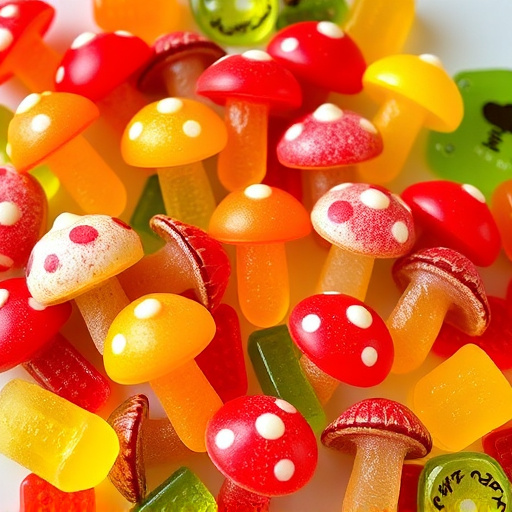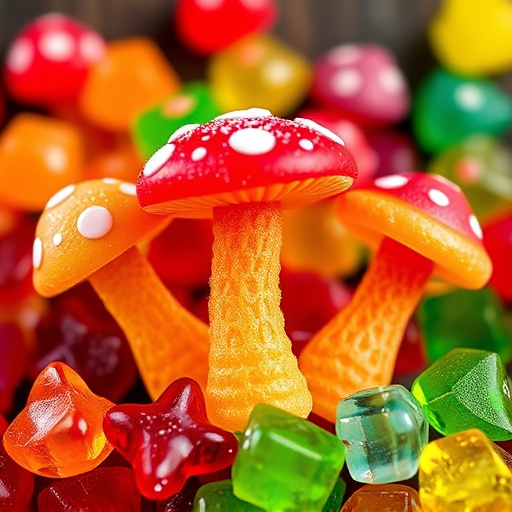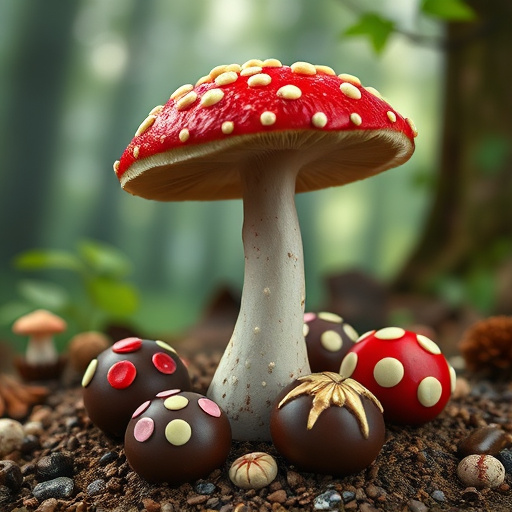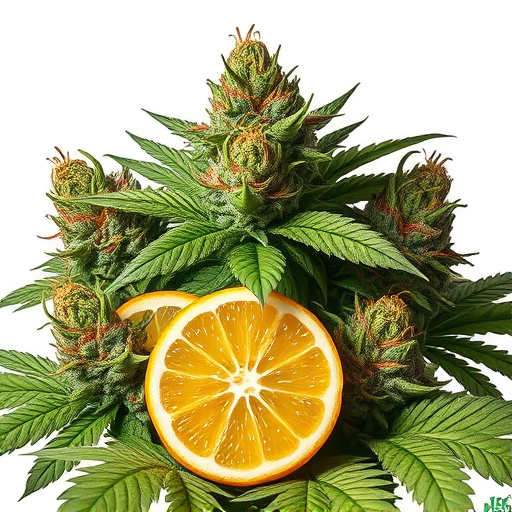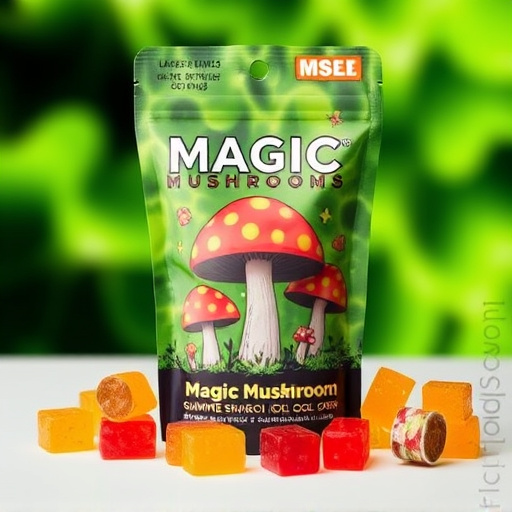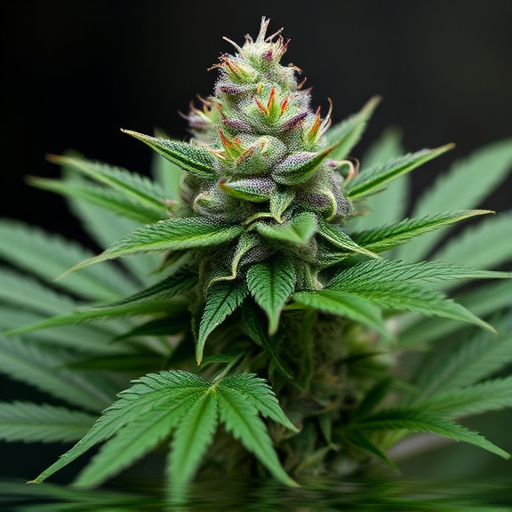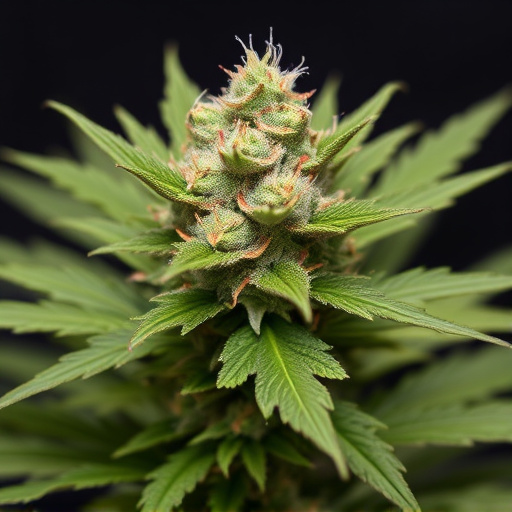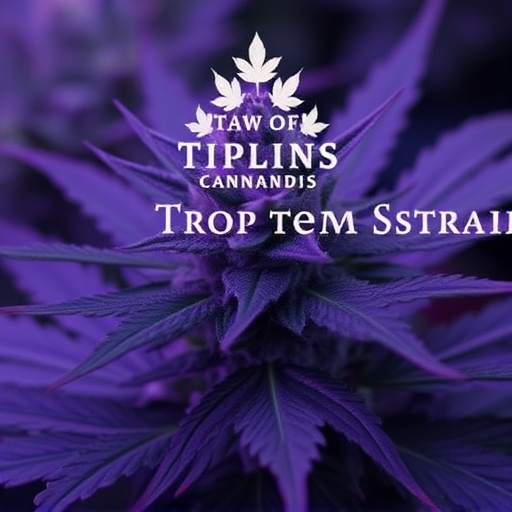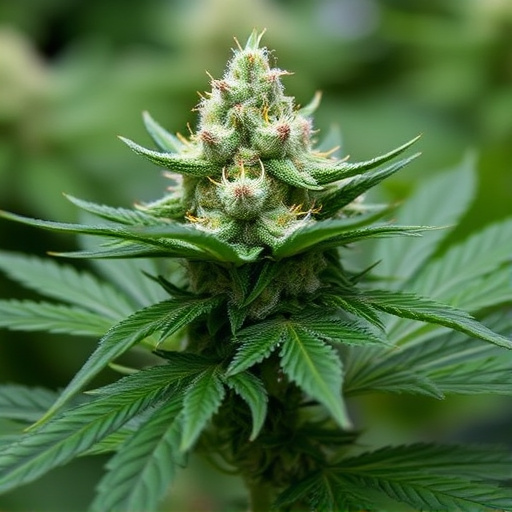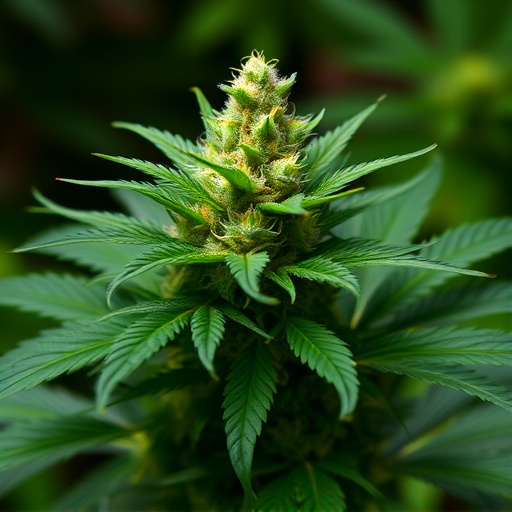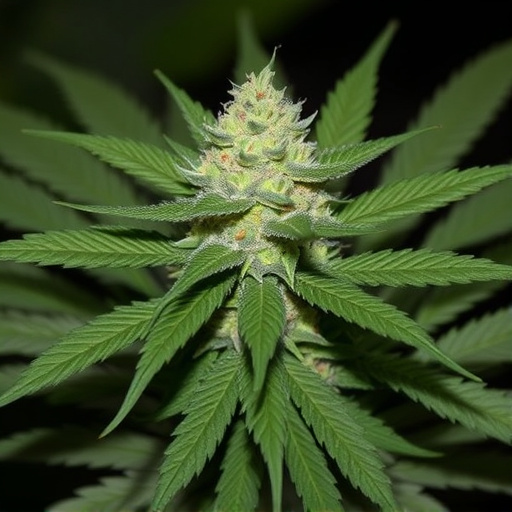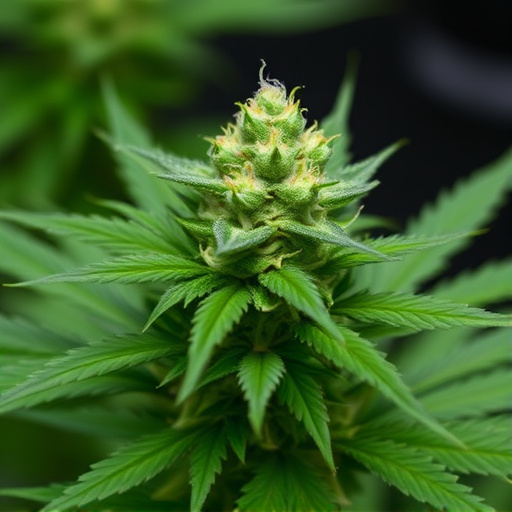The unique genetic makeup and terpene content of cannabis strains, combined with individual biological differences in the endocannabinoid system, create highly personalized user experiences. Varieties like Blue Dream, OG Kush, and Strawberry Cough, featured in the top ten cannabis strains of 2016, exemplify these effects. Environmental factors and consumption methods, such as cultivation techniques and preparation methods (smoking, vaping, edibles), further shape the potency and benefits of each strain. Understanding these multifaceted influences allows users to select cannabis experiences tailored to their specific needs and preferences.
Discover the multifaceted world of cannabis effects, where science meets personal experience. This article unravels the intricate factors that shape how we interact with this complex plant. From the genetic composition and terpene profiles of various strains—including the top ten cannabis strains of 2016—to individual biological differences and environmental influences, each plays a crucial role in determining efficacy. Understanding these elements is key to navigating the diverse landscape of cannabis therapy.
- Genetic Composition and Terpene Profile: Unlocking the Effects of Different Cannabis Strains
- Individual Biology and Metabolism: How Personal Factors Shape Cannabis Experiences
- Environmental and Consumption Methods: Exploring External Influences on Cannabis Efficacy
Genetic Composition and Terpene Profile: Unlocking the Effects of Different Cannabis Strains
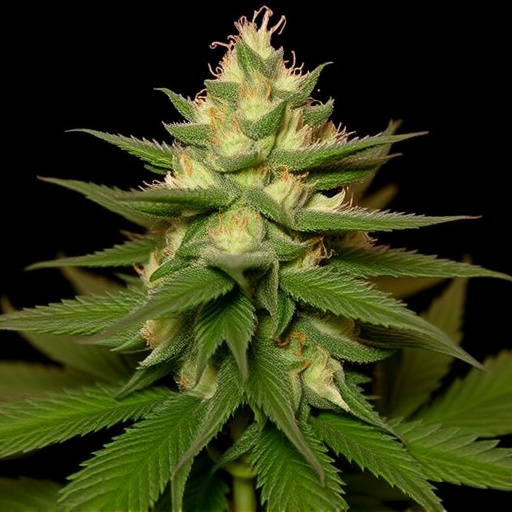
The genetic composition and terpene profile of cannabis plants play a pivotal role in determining the unique effects experienced by users. Each strain possesses its own distinct combination of cannabinoids, such as THC (tetrahydrocannabinol) and CBD (cannabidiol), along with a plethora of terpenes that contribute to the plant’s aroma and flavor. These compounds interact with our bodies’ endocannabinoid system, influencing mood, memory, pain perception, and more.
Considered the top ten cannabis strains in 2016 by various experts, varieties like Blue Dream, OG Kush, and Strawberry Cough exemplify this diversity. Blue Dream, known for its uplifting and creative effects, owes much to its high THC content and specific terpene profile. Similarly, OG Kush’s potent relaxation and pain-relieving qualities are attributed to its balanced mix of cannabinoids and terpenes. Exploring these genetic variations allows users to tailor their cannabis experience based on desired outcomes, making it a fascinating aspect to uncover in the ever-evolving world of cannabis.
Individual Biology and Metabolism: How Personal Factors Shape Cannabis Experiences
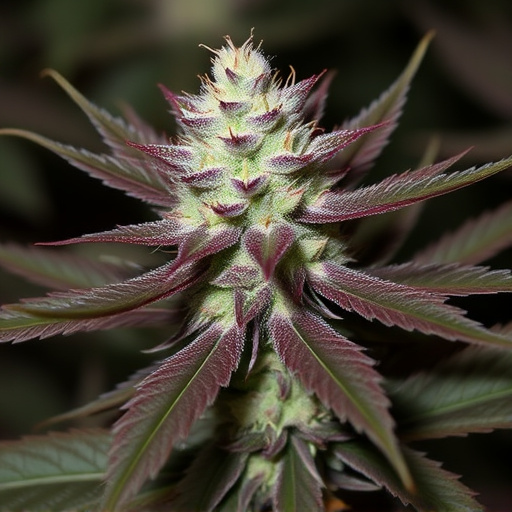
The way individuals perceive and experience cannabis is greatly influenced by their unique biological makeup and metabolic processes. This personal factor plays a significant role in shaping the effects, potency, and overall interaction with the plant’s chemical compounds. For instance, the human endocannabinoid system (ECS), which is responsible for regulating various physiological functions, varies from person to person. This diversity can lead to different responses to cannabis consumption.
Genetics also contribute to individual differences in metabolism. Enzymes that break down cannabinoids, like THC and CBD, are subject to genetic variations. These variations can affect the speed at which these compounds are processed and eliminated from the body, resulting in varied effects, as seen even with popular choices like the top ten cannabis strains of 2016. Personal factors, therefore, create a unique landscape where one person might experience euphoria and relaxation, while another might feel increased anxiety or cognitive distortions, despite consuming the same strain.
Environmental and Consumption Methods: Exploring External Influences on Cannabis Efficacy
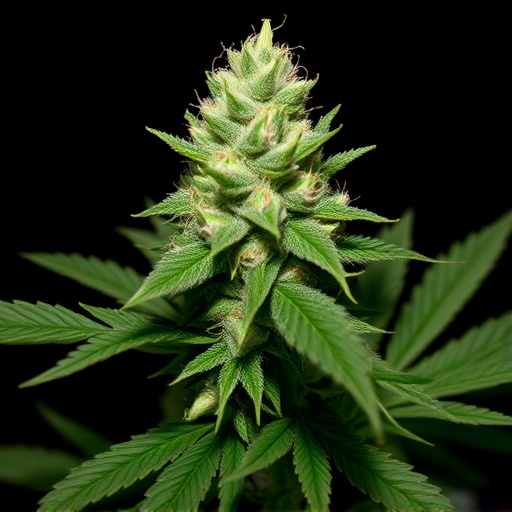
The environmental factors and consumption methods play a significant role in determining the efficacy of cannabis, going beyond the well-known genetic makeup of different strains. In terms of top ten cannabis strains 2016, for instance, even the highest-ranked varieties would yield varying results based on how they are grown, processed, and consumed. For example, outdoor cultivation methods that expose cannabis plants to diverse microclimates and natural sunlight patterns can significantly impact the final product’s terpene profile—a key determinant of aroma, flavor, and potential therapeutic effects.
Additionally, consumption methods such as smoking, vaping, or edibles preparation can alter the bioavailability and onset time of cannabinoids like THC and CBD. While some methods may offer quicker relief, others provide longer-lasting effects with varying intensities. Understanding these external influences is crucial for cannabis users to optimize their experiences, ensuring they receive the desired benefits, whether it’s relaxation, pain management, or mental clarity, from their chosen strain(s).
Cannabis effects are a complex interplay of genetic composition, individual biology, and environmental factors. Understanding these influences is key to navigating the diverse experiences associated with different strains, like those featured in the 2016 top ten cannabis strains list. By recognizing how our bodies metabolize cannabinoids and the role that terpenes play, consumers can make informed choices to achieve their desired effects. Moreover, being mindful of consumption methods and environmental conditions ensures optimal efficacy and enhances the overall cannabis experience.

